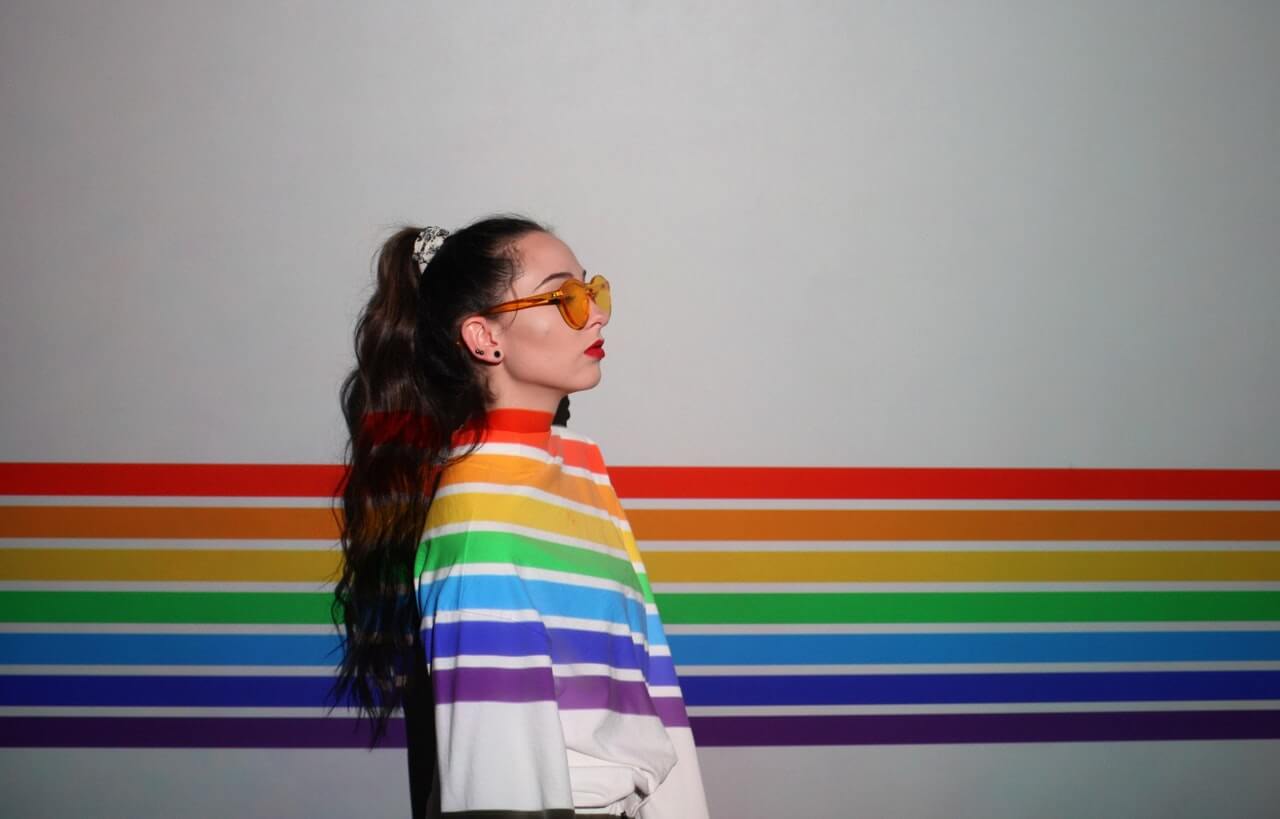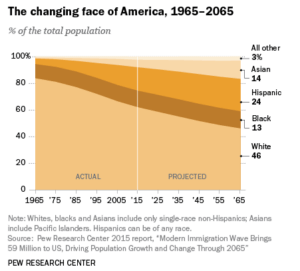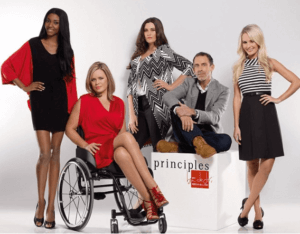Inclusive Creative: Good for People, Good for Business

Quick, think of an ad you saw recently that caught your attention. Did it feature people who you could relate to? In marketing and branding, audience is one of the most important factors to consider. Who are they? Where are your customers? What experiences resonate with them? What is your brand saying to your audience? But it’s also important to remember that your messaging extends beyond your script or copy. Diversity, equity, and inclusivity (DEI if you prefer acronyms) have become hot-button buzzwords, but diversity in your creative marketing goes beyond just checking a few boxes.
Why DEI?
Today’s digital consumers are savvy, plugged into current events, and values-driven — they look for brands that both meet their needs and represent their beliefs and values. Your customers want to see themselves in your marketing, and they want to know you see them as well.
Brands need to go beyond lip-service acknowledgement and think critically about all aspects of their company, from your team composition to your user experience to your style guides. Inclusive culture begins in the office (or wherever your team is) by bringing on team members with a variety of backgrounds and lived experiences who can help create and shape your brand.
Does your business resemble and represent the people you serve? If your audience is different from you and they don’t feel seen or recognized, there’s a good chance you’ll start losing them. WITHIN’s Group Director of Creative Services Tom Olivieri notes, “DEI shouldn’t just be a checklist or trend. It needs to be an actual commitment to authentically move your brand forward to better understand and connect with all consumers.”
Having different eyes on your creative before it’s released into the world will also help prevent mistakes and potentially tone-deaf, offensive, or bigoted messaging.
What if your brand only targets a specific demographic? Diversity still matters, because your audience isn’t just thinking about themselves. A 2019 consumer survey by Google and The Female Quotient revealed 64% of respondents took action after seeing an ad they considered inclusive, and this number was even higher for certain groups such as millennials, LGBTQIA+ community members, and Black people.
By thoughtfully diversifying your creative, you build brand loyalty and trust while also growing your audience.
History of DEI in Marketing
Marketing’s push to increase diversity in creative assets began during the 1980s with Fortune 500 companies, universities, and nonprofits leading the charge. This shift followed an increasingly globalized marketplace and changing attitudes and awareness in American culture.
Although racial and ethnic differences are some of the first people think of in regards to diversity, other elements such as gender, marital status, religious affiliation, sexual orientation, and disabilities are just as important to consider.
US Census data shows for the first time in history, the white population has declined over the last decade, and those who identify as multiracial, Hispanic, and Asian are driving population growth. LGBTQIA+ identity has risen to 5.6% since 2012, including 1 in 6 Gen Z respondents. Globally, at least 15% of the population are living with disability, a category of consumers rarely represented in mainstream advertising.
As racial tensions and protests rose in the US during 2020, in addition to social media saturation connecting consumers with brands in new ways, more people and brands began paying attention to diversity, inclusivity, equity, and belonging. However, attempts to jump on this “trend” without authenticity, research, expert knowledge, and genuine commitment are likely to do far more harm to your brand than good.
Looks Matter…
While photos in your creative absolutely matter and are one of the easiest ways to boost inclusivity, it shouldn’t stop there. Do your audience research and examine all of your visual assets, from your UX design to any graphics and animation to your fonts. Consider too how to represent diverse identities that may not be immediately apparent – such as showing a same-sex parent family, or someone wearing a head scarf.
Double- and triple-check for authenticity, especially regarding sensitive topics. Have someone in the represented group review your creative (e.g., if featuring a menorah in a holiday ad, someone Jewish or with extensive knowledge of Judaism) before it goes out the door. This is also why it’s important to be authentic and align your campaigns with your values, and hire experts and DEI professionals to work with your brand.
…But Aren’t Everything
Inclusivity should also be represented in other elements of your creative, such as copy and language, accessibility, web pages, and forms. Your style guides, even if you just use AP, should reflect inclusive practices, like using singular “they” as default for gender-inclusive language, or knowing when to capitalize ethnicities or race. Accessibility should be built into every aspect of your material: videos should be captioned, images and gifs need alt-text, and podcasts and interviews should have transcripts.
Diverse factors to keep in mind include (but are not limited to) age, race, ethnicity, gender, socioeconomic status, disability, sexual orientation, industry, education level, body type, religion, and family structure.
While such a range of identities, traits, and intersections may seem daunting, identifying your audience and working with experts and influencers will help you spot and improve weaknesses.
Keep It Real
While audiences are looking for inclusive brands, they also know how to spot fakes. If your brand is attempting inclusivity just to get brownie points, your brand could drive people away and face public backlash – just ask Kendall Jenner and Pepsi.
Don’t attempt to align your brand with something that can be easily proved disingenuous. Every June, corporations and brands drench their logos in rainbows and tout their support for Pride and the LGTBQIA+ community. But every year consumers also call out those who talk the talk without walking the walk, by donating to anti-LGBTQIA+ organizations, allowing homophobic policies, or mistreating queer employees.
Ensuring your creative is diverse and inclusive is both good for business and good for humans. Your ads matter. Your actions and attitude matter, too.
If your brand wants to produce and scale effective creative assets, WITHIN can help. Let’s talk.


